We independently evaluate all recommended products and services. If you click on links we provide, we may receive compensation.
One of the most analyzed aspects of the skin’s aging process is loss of collagen — the protein responsible for firmness and elasticity in the skin — starting at the age of 20. “We lose about 1% of collagen production each year, and for women, up to 30% of collagen can be lost within the first five years of menopause,” says Sheila Farhang, M.D., a board-certified dermatologist and founder of Avant Dermatology & Aesthetics. Couple this natural depletion with other contributing factors — such as genetics, sun exposure, smoking, stress, and poor diet — and delaying the breakdown of collagen can feel insurmountable. But thanks to energy treatments, injectables, and topical skin care, to start, there’s plenty we can do to slow the process of collagen loss and even stimulate its production.

1. Eat a Nutrient-Rich Diet
Collagen preservation isn’t just about what we do to the surface of our skin. Dr. Mikailov says eating a diet rich in antioxidants, polyphenols (such as vitamins A, C, and E), and flavonoids helps the body to preserve collagen from the inside. “These nutrients are vital for collagen synthesis. They also help prevent collagen degradation,” he adds.
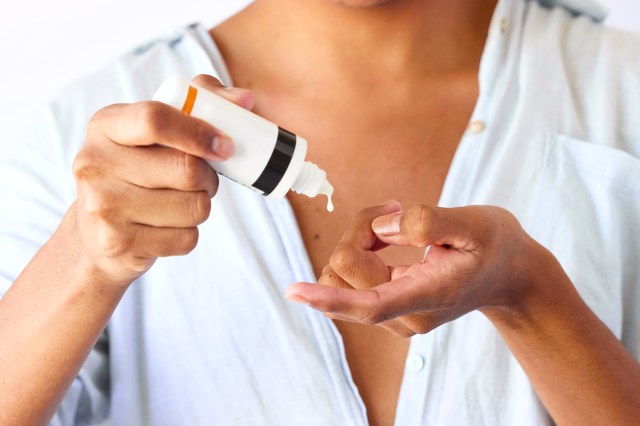
2. Wear Sunscreen
“The best way to preserve the skin’s collagen is to protect the skin from UV rays,” says Anar Mikailov, M.D., a board-certified dermatologist, co-founder of Skintensive Skincare, and co-author of Fitzpatrick’s Color Atlas and Synopsis of Clinical Dermatology, 9th Edition. “UVA rays in particular degrade collagen fibers and lead to the reduction of collagen production.” What’s more, Dr. Mikailov says those aged 50 and over often experience actinic purpura or solar purpura, which appear like spontaneous bruising along the forearms and upper chest, due to collagen degradation from chronic UV exposure. As such, the dermatologist advocates for covering any skin exposed to the sun with sunscreen and/or UPF clothing everyday.

3. Focus on Skin Care
In addition to protecting skin from UV radiation, a smart skin care routine can also help nurture collagen levels. “It is never too early or too late to start a quality skin care regimen that includes high-quality peptides, vitamin C, and retinol,” says S. Manjula Jegasothy, M.D., FAAD, a board-certified dermatologist and clinical associate professor of dermatology at the University of Miami. It’s the dermatologist’s steadfast belief in the power of peptides that led her to create MiamiMD, a skin care line driven by the star peptide progeline. This peptide inhibits a molecule native to our bodies called progerin, a protein responsible for signs of aging. Dr. Jegasothy’s own product with the ingredient, MiamiMD Age-Defying Lift & Firm Cream, is a bestseller.
For his part, Dr. Mikailov advocates for daily use of a topical retinol or retinoid (for those who are not pregnant or breastfeeding) as a way of stimulating collagen. “Retinol has the most data from quality, well-conducted, peer-reviewed studies showing that it helps stimulate fibroblast proliferation and collagen production,” he says. “Topical retinoids have the most robust literature that show remarkable collagen remodeling effects. This one topical product is by far the most effective cream anyone could use on a regular basis.”
- Try it:

4. Use Red Light Therapy
Don’t count out red light therapy, done either as part of an in-office skin care treatment or at home via a device such as CurrentBody LED Light Therapy Face Mask: Series 2. “[Red light therapy] has also been scientifically proven to stimulate collagen,” Dr. Farhang says.
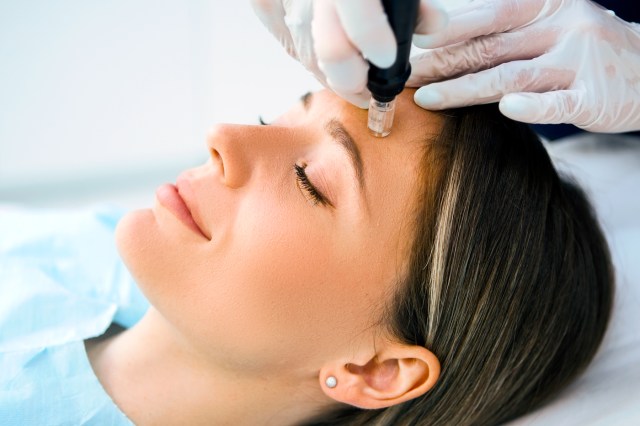
5. Try In-Office Energy Treatments
A crop of Iow-downtime, in-office procedures have been shown to stimulate collagen production. Dr. Farhang cites microneedling and radiofrequency microneedling treatments (such as Vivace, Potenza, and Morpheus8) as effective options, while Omer Ibrahim, M.D., FAAD, a board-certified dermatologist and co-director of research at Chicago Cosmetic Surgery and Dermatology, points to lasers and ultrasound technology as proven options for ramping up collagen production.
“Fraxel Dual Laser works well for various skin concerns, including collagen rejuvenation,” he says of the treatment that typically requires just a few days of downtime. “It utilizes lasers at two wavelengths, 1550 nm and 1927 nm, to create microscopic thermal holes that leave the epidermis and dermis intact. The 1550 nm wavelength laser reaches deep into the dermis to help upregulate genes for collagen synthesis, which leads to an increase of collagen in the skin’s extracellular matrix. This not only helps with wrinkles and fine lines, [but] also helps remodel collagen to treat acne scars, surgical scars, and sun damage.” The dermatologist further notes that the laser’s 1927 nm wavelength works to address pigmentation and stimulate collagen production deeper in the dermis.
A less intense option to Fraxel laser is the Clear and Brilliant laser treatment (sometimes called “baby Fraxel”). Dr. Ibrahim says this procedure is “ideal for [treating] fine lines rather than deep wrinkles. However, patients should consult a board-certified dermatologist to determine which laser treatment is the most ideal for their skin type and skin concerns.”
Ultrasound technology, such as Sofwave, also stimulates collagen production by converting to heat at a 1.5 mm depth, where Dr. Ibrahim says collagen is most abundant. This stimulates a healing response in the form of collagen synthesis and remodeling. “Not only does this help with wrinkles and fine lines, [but] it also helps skin with laxity issues to tighten the skin,” he says.
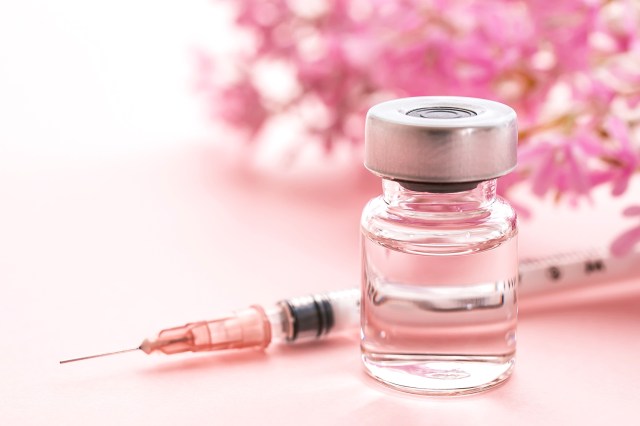
6. Consider Injectables
Some of the newer injectables to be FDA approved in the U.S. also work to bolster collagen in the skin. “Hyaluronic acids injected as superficial plumpers [such as Skinvive by Juvéderm, a hyaluronic acid microdroplet injectable aimed at boosting hydration] have been shown in the medical literature to enhance long-term collagen production in the areas where they are injected,” Dr. Jegasothy says.
Biostimulatory injectables, such as Sculptra and Hyperdilute Radiesse, are also used to promote long-term collagen production, Dr. Farhang adds. “Additionally, platelet-rich fibrin [PRF] fillers like ezGel, derived from the patients’ own blood, offer a natural option to enhance collagen,” she says.
When it comes to next-gen injectables, the dermatologist notes, this is just the start: “As regenerative aesthetics become more popular, ways to stimulate and preserve collagen are going to improve and become a big focus, especially over the next few years.”
This article is for general informational purposes only.
Affiliate Disclaimer Medical Disclaimer



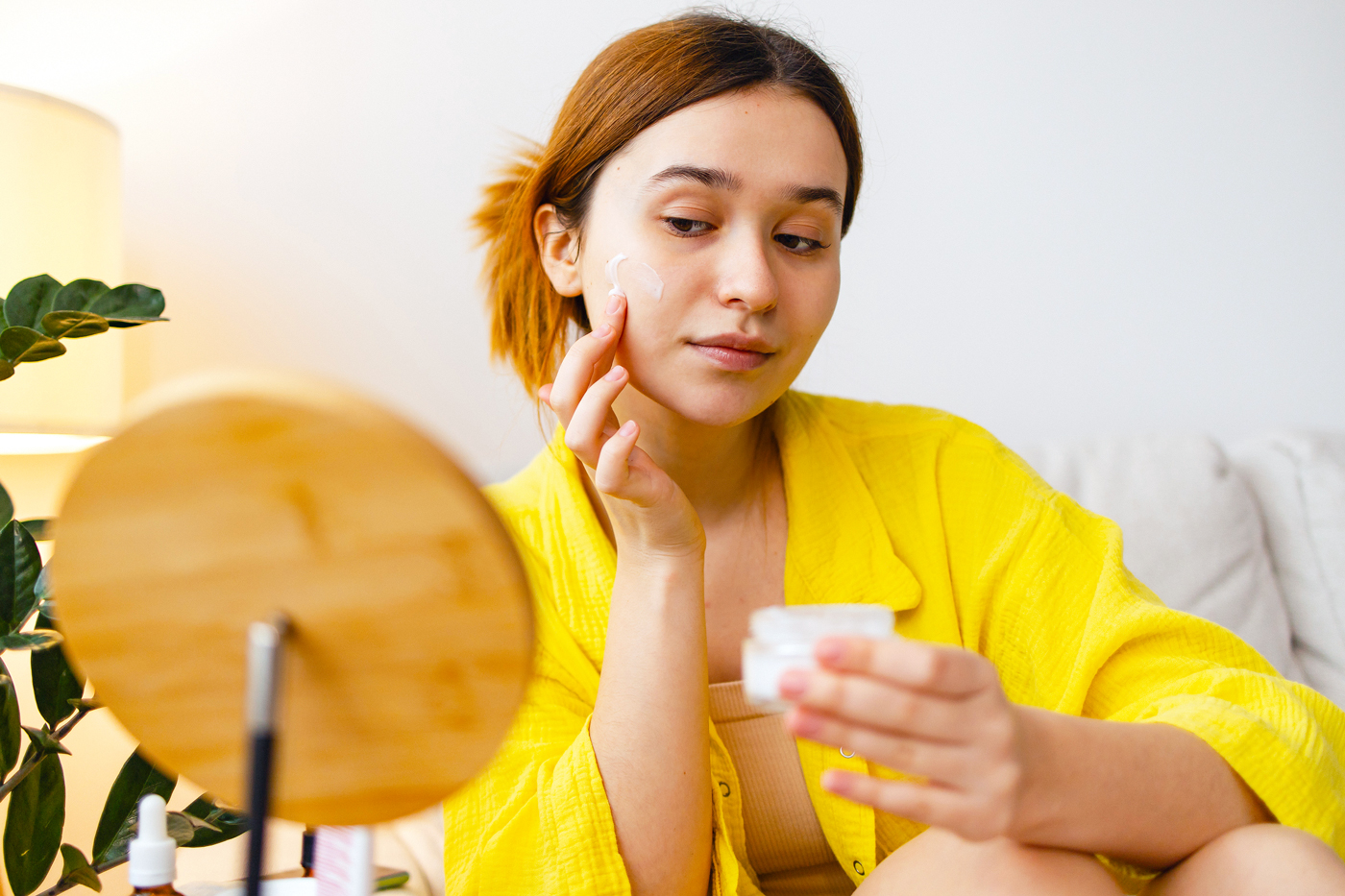



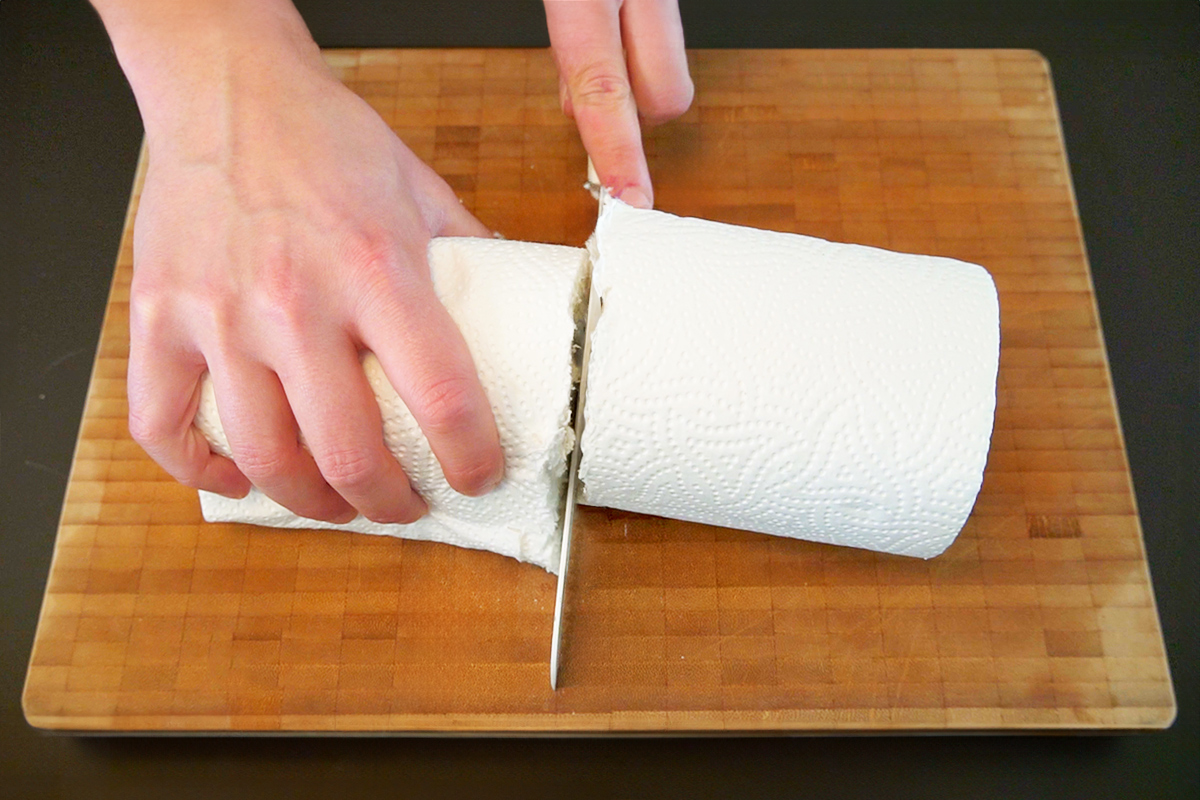








 Unique Beauty is free for all users.
Unique Beauty is free for all users.